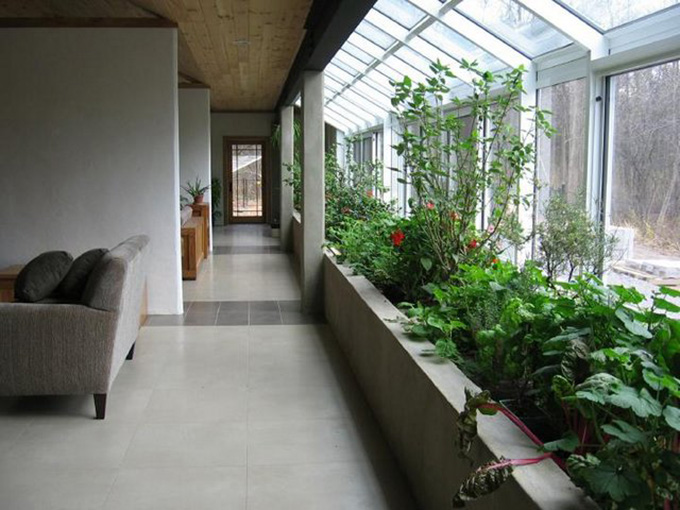Recent years have seen a big spike in the popularity of indoor gardening. According to Produce Grower, the indoor and hydroponic gardening retail market topped $1 billion in revenues in 2015. There is no sign that the growth is going to slow down, either. Indoor gardening products from brands such as SunLite and Aerogarden are only going to continue their healthy sales trends.
The Benefits of Indoor Growing
Certainly, there are major benefits to be enjoyed from indoor growing. When you grow fruits, vegetables, herbs, or other plants outside, you have to deal with a slew of unpredictable factors and challenges. Weather is the most obvious of these concerns, as anything from heavy rain or scorching sunlight to late spring frosts or snows can destroy a garden for an entire season.
However, there are other issues that can make outdoor gardening a hassle as well. If your area seems to have a heavy population of pest animals—rabbits, squirrels, chipmunks, deer, etc.—their voracious appetites can reduce or kill the yield of your garden. And even if everything else goes perfectly, outdoor gardeners will still have to contend with stubborn weeds.
The biggest benefit of indoor gardening—and probably a major reason behind its growing popularity—is that growers get to avoid these common outdoor gardening challenges. Since you are growing indoors, you can enjoy greater control over the growing conditions. There will never be any unpredictable frosts or snowstorms inside your house, and temperature levels are far easier to maintain at an optimal level for plant health and growth. And by using growing lights, you can make sure that you are giving your plants the periods of light exposure and darkness that they need to flourish.
The other problems of outdoor gardeners aren’t present when you grow inside, either. While your dog or cat might get a bit curious about the plants growing in a countertop Aerogarden, you certainly won’t have deer walking into your house and eating all your tomatoes or herbs. As for weeds, they are a complete non-issue with hydroponic gardening and aren’t a problem with soil-based gardening either, so long as you invest in some fresh, pure garden soil.
Get Back to Growing under the Sun
While it’s true that indoor gardening can boast a slew of benefits that outdoor growing does not, it also comes with one major drawback: it uses electricity rather than solar energy. If you want to be the most sustainable grower possible, then indoor gardening simply can’t and won’t mesh with that mission. To operate an effective indoor garden, you almost always have to make liberal use of grow lights. Using grow lights to provide your plants with the amount of light they need each day—often 12 hours or more—you have to keep those lights running for the much of the day or night. The energy use (and cost) adds up and can get to be pretty substantial over time.
lndoor plants need light and water to grow. Whether you garden inside or outside, you will have to provide the latter resource. However, with outdoor gardening, you can rely completely on natural light to feed and nourish your plants. You save money on energy costs and get the peace of mind from knowing that you are operating a more sustainable growing operation.
If you want to get back to growing under the sun but don’t want to face down all the disadvantages and challenges of outdoor growing, you might consider looking into a light deprivation greenhouse. A light dep greenhouse can provide automated light deprivation for your plants, which means that it can control how much light and darkness your plants are getting throughout the day. This type of control is one of the big perks to growing plants inside, but with a light deprivation greenhouse, you get to use natural sunlight instead of artificial grow lights.
An automated light deprivation greenhouse uses a minimal amount of energy. Motors help raise or lower blinds to control light exposure, while a heating system controls the interior temperature of the greenhouse. For the most part, though, a light deprivation greenhouse provides the contained and controlled environment of an indoor garden with the natural light benefits of an outdoor garden.

